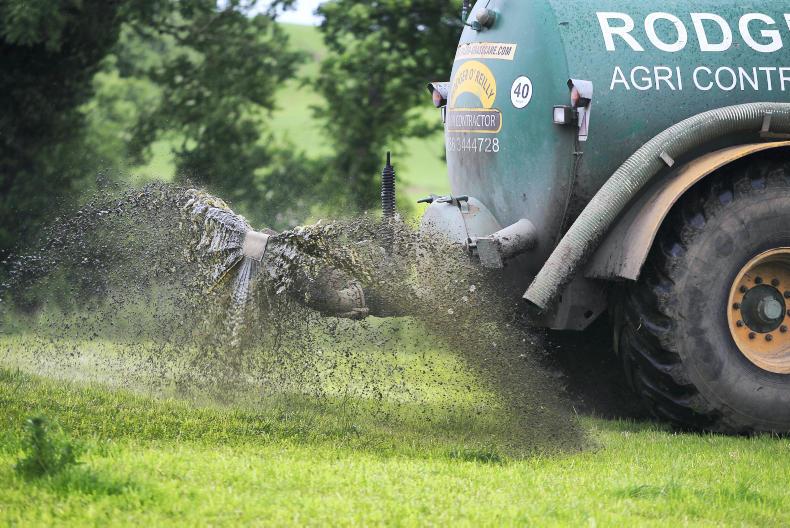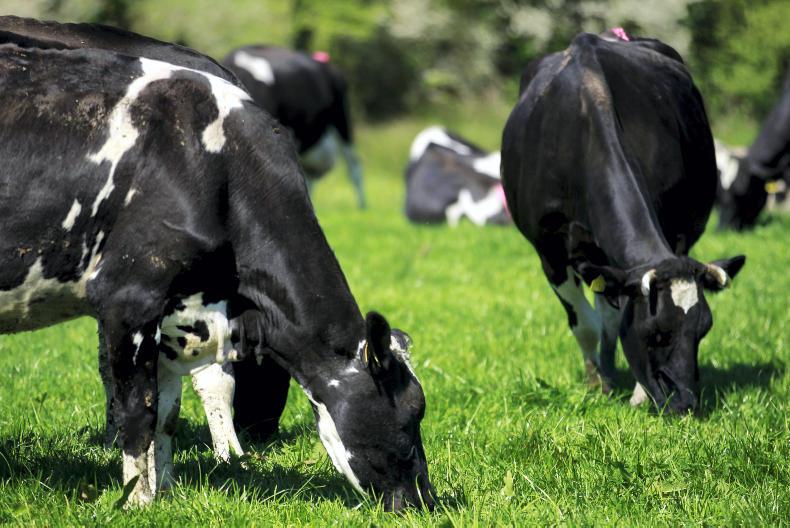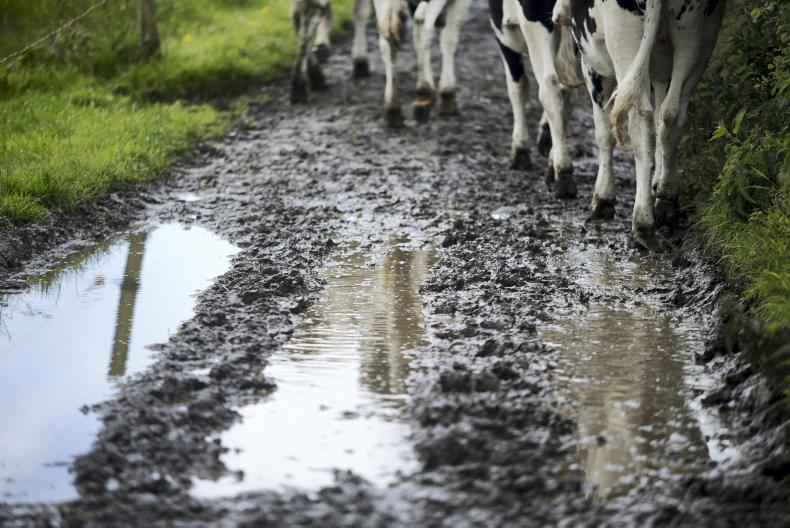The normal rule of thumb is to spread 30% of the grazing area with slurry in late January and to graze 30% of the farm in February. But with so much grass on farms, it’s going to be difficult to achieve these targets this year.
This has been one of the mildest winters in years, so grass growth is well up on other years. While good news, this also poses a challenge. Firstly, finding suitable fields to spread slurry in is difficult. It is a balancing act between finding a dry field that won’t get damaged by slurry tankers and finding a field that does not have too much grass in it.
February grazing
There is a temptation to apply slurry on all the paddocks with the lightest grass covers but don’t forget you need to keep some light covers for grazing in February. Achieving the target of grazing 30% of the farm by the end of February seems easily achievable, but in reality most farmers fail to achieve this target so more farmers should be grazing lighter grass covers in February to get more ground grazed and back growing.
Trailing shoes and dribble bars have a role to play where grass covers are high. I know on many farms where slurry was spread on grass last week, it is now stuck to the grass. I wouldn’t be overly worried about this, new growth and weather will knock it off before grazing.
Advice
With the closed period for spreading slurry coming to an end at midnight on 31 January, the Health and Safety Executive for Northern Ireland (HSENI) is reminding farmers to take extra care when working with slurry.
Slurry gas is a mixture of gases, including the extremely poisonous gas, hydrogen sulphide. Even a low concentration of hydrogen sulphide can knock out your sense of smell so you won’t even know it’s there. At higher concentrations you will rapidly find it harder to breathe and become confused – and at certain concentrations, just one breath can kill.
The first 30 minutes are the most dangerous, so it is important to leave the shed as soon as mixing starts - and to stay out for at least 30 minutes.
The slurry mixing code
•keep children away from the area at all times when working with slurry
•if possible, mix on a windy day
•open all doors and windows
•take all animals out of the building before starting to mix slurry
•use outside mixing points first
•if slats are removed, cover exposed areas of the tank beside the pump/mixer to stop anything falling in
•start the pump/mixer – then get out and stay out of the building for as long as possible - at least 30 minutes
•any time you have to go into the building try to make sure that another adult knows what you are doing and can get help if necessary
•if you have to re-enter to move the pump or change the direction of the pump, leave the building as soon as this is done – do not go back in for as long as possible – at least another 30 minutes
Never
•rely on filter type facemasks
•use gas monitors as a substitute for working safely
•have naked flames near slurry, as slurry gas mixture is flammable
•stand close to the exhaust of a vacuum tanker when it is being filled
If you find someone has been overcome during slurry mixing, if possible, stop the pump and get the person to fresh air but do not put yourself at risk in the process. If breathing is weak or stopped, artificial respiration may be effective. Contact the emergency services and seek immediate medical attention.
Read more
How to refurbish your vacuum pump
How to service your tanker
The normal rule of thumb is to spread 30% of the grazing area with slurry in late January and to graze 30% of the farm in February. But with so much grass on farms, it’s going to be difficult to achieve these targets this year.
This has been one of the mildest winters in years, so grass growth is well up on other years. While good news, this also poses a challenge. Firstly, finding suitable fields to spread slurry in is difficult. It is a balancing act between finding a dry field that won’t get damaged by slurry tankers and finding a field that does not have too much grass in it.
February grazing
There is a temptation to apply slurry on all the paddocks with the lightest grass covers but don’t forget you need to keep some light covers for grazing in February. Achieving the target of grazing 30% of the farm by the end of February seems easily achievable, but in reality most farmers fail to achieve this target so more farmers should be grazing lighter grass covers in February to get more ground grazed and back growing.
Trailing shoes and dribble bars have a role to play where grass covers are high. I know on many farms where slurry was spread on grass last week, it is now stuck to the grass. I wouldn’t be overly worried about this, new growth and weather will knock it off before grazing.
Advice
With the closed period for spreading slurry coming to an end at midnight on 31 January, the Health and Safety Executive for Northern Ireland (HSENI) is reminding farmers to take extra care when working with slurry.
Slurry gas is a mixture of gases, including the extremely poisonous gas, hydrogen sulphide. Even a low concentration of hydrogen sulphide can knock out your sense of smell so you won’t even know it’s there. At higher concentrations you will rapidly find it harder to breathe and become confused – and at certain concentrations, just one breath can kill.
The first 30 minutes are the most dangerous, so it is important to leave the shed as soon as mixing starts - and to stay out for at least 30 minutes.
The slurry mixing code
•keep children away from the area at all times when working with slurry
•if possible, mix on a windy day
•open all doors and windows
•take all animals out of the building before starting to mix slurry
•use outside mixing points first
•if slats are removed, cover exposed areas of the tank beside the pump/mixer to stop anything falling in
•start the pump/mixer – then get out and stay out of the building for as long as possible - at least 30 minutes
•any time you have to go into the building try to make sure that another adult knows what you are doing and can get help if necessary
•if you have to re-enter to move the pump or change the direction of the pump, leave the building as soon as this is done – do not go back in for as long as possible – at least another 30 minutes
Never
•rely on filter type facemasks
•use gas monitors as a substitute for working safely
•have naked flames near slurry, as slurry gas mixture is flammable
•stand close to the exhaust of a vacuum tanker when it is being filled
If you find someone has been overcome during slurry mixing, if possible, stop the pump and get the person to fresh air but do not put yourself at risk in the process. If breathing is weak or stopped, artificial respiration may be effective. Contact the emergency services and seek immediate medical attention.
Read more
How to refurbish your vacuum pump
How to service your tanker










SHARING OPTIONS